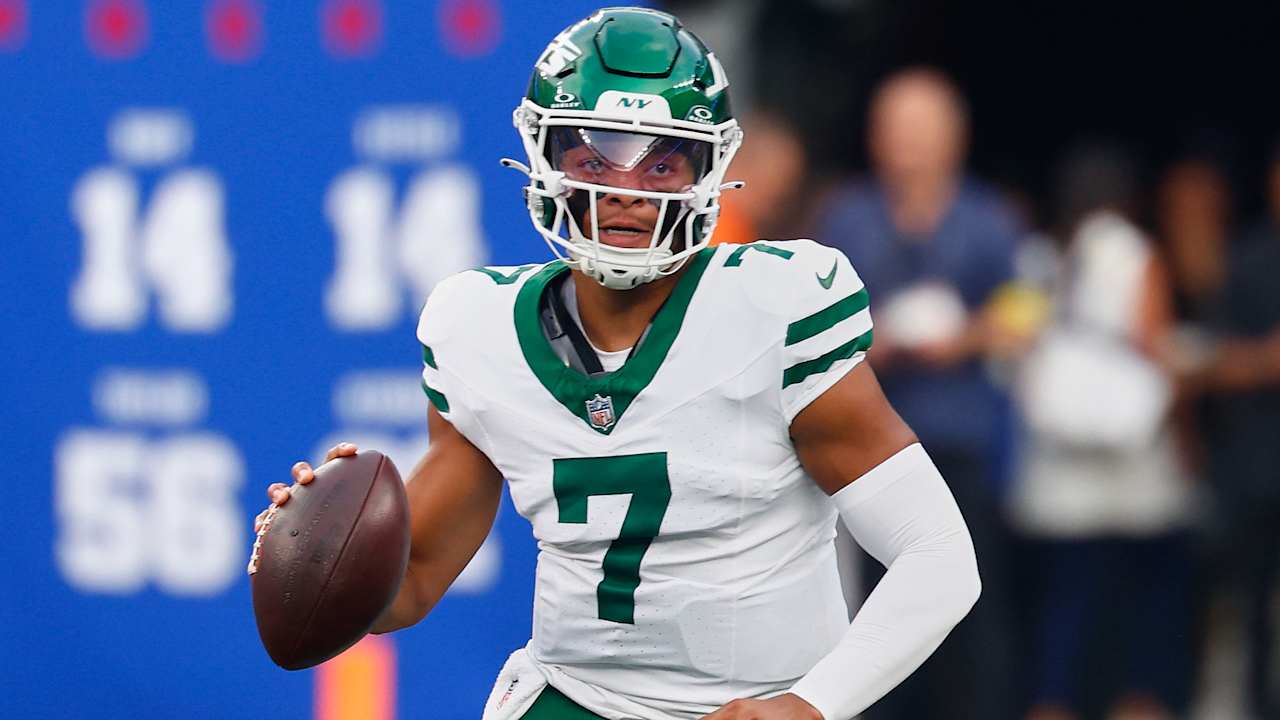Fifa has confirmed that it will employ dynamic pricing for tickets to the 2026 World Cup from the beginning of the sales process, which starts next week. The system was also used for this year’s Club World Cup and, in the UK, drew widespread complaints from fans buying tickets for Oasis’s comeback tour.
The use of dynamic pricing was one of a few new details Fifa officials discussed around ticketing for the World Cup one week before sales open, including the first collection of prices. The cheapest tickets will start at $60 (£44), with the most expensive, for a prime spot at the final, starting at $6,730 (£5,760). Fifa did not provide any price points in between those two.
Dynamic pricing means that those starting prices can, and probably will, rise significantly. This will be the first men’s World Cup to use the scheme, in which the ticket prices are adjusted by the seller to reflect demand – similar to the way surge pricing works for .
Ticket companies have benefited significantly from dynamic pricing as its usage has risen over the last decade . Ticketmaster parent company LiveNation broke its record for revenue in 2024, with dynamic pricing thought to be a significant factor. The practice has also attracted complaints from fans priced out of events – including in high-profile cases surrounding Oasis’s tour and last season’s FA Cup final.
Fifa officials justified the use of dynamic pricing by saying it was the organization’s way of adapting to the domestic market in the United States and Canada, where the practice is common, and where it says the public already accepts that event tickets will be priced according to demand. One official added that Fifa couldn’t pass up the additional revenue that would be generated by dynamic pricing, citing the 211 Fifa member nations that could benefit from a more profitable World Cup. According to the officials, Fifa never ran a baseline study to determine how much revenue could be generated from 2026 World Cup ticket sales without dynamic pricing – suggesting the topic was never really up for debate.
The pricing structure is expected to be put into place immediately for the first phase of ticket sales, which begins on 10 September. Prices will fluctuate based on demand from that point on, meaning that some matches will have higher minimum price points than others before the World Cup draw has even begun.
Fifa used dynamic pricing at the 2025 Club World Cup, with mixed results. Prices for those games initially rose sharply, only to drop – in some cases as low as $13.40 (£10) – just before kickoff as stadiums remains only partially full. However, demand at the World Cup is almost certain to be significantly higher than at the Club World Cup, and a Fifa official said that this time around prices would not go lower than $60.
Changes to ticket categories
Another significant change described by Fifa officials comes in the way tickets are categorized for the World Cup. In past tournaments, Fifa has broken down seats into a category system, with Category 1 generally considered to be the best seats, Category 2 the next best, and so on until Category 4. It had been standard practice for a seat’s placement in relation to the pitch to affect its categorization: a seat along the sideline, for example, was far more likely to be considered Category 1, while a seat at the same level but located behind the goal might be Category 2 or lower.
That approach is no longer in use. In 2026, seat categories will in most cases correspond to the level of the stadium the seat is located. At the World Cup final, for example, the entire lower level of MetLife Stadium is expected to count as Category 1, with the suite level in the middle counting as Category 2, and then the upper bowl making up Categories 3 and 4.
Once again, Fifa officials said that the change was made to bring the organization in line with perceived cultural norms in the host countries. The officials said that according to their research, North American fans place a higher emphasis on proximity to the field than they do having a certain type of view of the match.
Where and when tickets will go on sale
Fifa and longtime financial partner Visa announced in late July the details of the first phase of ticket sales, and those remain largely the same. From 10-19 September, Visa cardholders worldwide may submit an application on Fifa’s website, and by 29 September the randomly accepted applicants will be notified and given a date and time window in October, during which they can buy tickets. A Fifa official said that application data would be screened to prevent the influence of bots, and that the randomized draw would be made in the presence of a public notary in Zurich.
As in past World Cups, fans may buy single-game tickets, or packages that give access to every game at a certain venue, or every game played by a specific team. Tickets will only be sold by category, with seats assigned at random within those categories until the final phase of sales, in which fans can buy specific seats on a first-come, first-served basis, many months after dynamic pricing has gone into effect.
Fans can buy a maximum of four tickets per match, for a maximum of 10 matches during the tournament. Fifa said it would operate a resale marketplace in an effort to avoid scalping.
Source link
